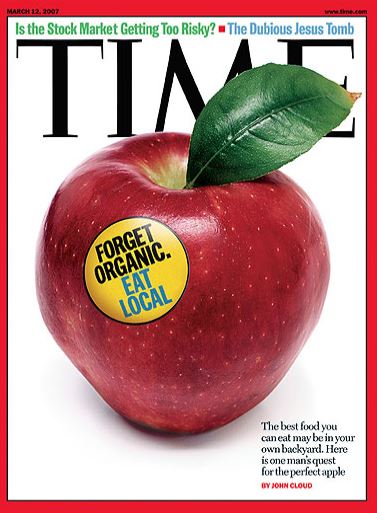The table above shows my crude calculation of how much a state imports or exports for various food products on a per-capita basis. For example, for every Iowan, 3,896 lbs of hogs leave the state for every pound that comes in. Iowa is thus a net exporter of hogs/pork. By contrast, for every New Jerseyan, 111 lbs of hogs enter the state for every lb that leaves New Jersey. New Jersey is a net importer of hogs. By these calculations, 11 states "feed" the other 39 states pork.
For eggs (this includes both table eggs and hatching eggs because these were the most complete data available at the state level), in Iowa, 3,747 eggs per person leave the state for every egg that enters the state. These calculations suggest Massachusetts and the District of Columbia are the largest net importers of eggs with more than 300 eggs entering the state/district per person for every egg that leaves.
For cattle, 18 states "export" lbs of cattle on a per capita basis and the other 32 states import lbs of cattle. Rice is the most extreme case shown. Only six US states produce meaningful quantities of rice according to USDA; people in the rest of the US have to import from these locations.
A state like Massachusetts, for example, heavily relies on other states for these four agricultural products. The average Bostonian imports 110 lbs of hogs, 302 eggs, 130 lbs of cattle, and 62 lbs of rice from other states. California is a big producer of agricultural products, but it is also a populous state, and as a result, it is also a net importer of hogs, eggs, and cattle.
***
On the details of the calculations - I'll admit up front that the figures in the above table leave a lot to be desired. I'll describe what I've done and leave it to the reader to decide whether there is more information than noise.
I went to USDA-NASS data and obtained production by state. The USDA doesn't always report production for all states, and in many cases, it withholds reporting for some states due to confidentiality issues. In these cases, I "fudged" and simply divided the total production that was unaccounted for equally among states for which the USDA did not report data.
These USDA data yield crude estimates of production by state. We do NOT have good data on consumption by state, but we do have data on population by state. Making the assumption that per-capita consumption of various food products is the same in every state, we can then make an inference as to how much of any food product is consumed in a state. It is simply the share of the US population in a given state multiplied by the total US production of a given agricultural commodity. The difference in the state production and the inferred state consumption is a crude estimate of net exports/imports into a state. I then divided the total pounds (or eggs) of net exports/imports by a state's population to put the figures in per capita terms.
There are some shortcomings with these calculations. First, I've ignored trade with other countries. For example, if eggs leave Iowa for Mexico, then the above figures over-state how many eggs are consumed within a given state in the US. I similarly ignore imports, which will instead under-state how much is imported into certain states. Also, the figures above suggest per-capita consumption numbers that are substantially higher than that reported by the USDA-Economic Research Service. The main reason, for beef and pork, is that the USDA production data report farm-level lbs produced by a state not the amount of retail meat lbs. There is some double counting in these figures. If an Indiana farmer raises a hog to 20 lbs and then sells it to a finishing operation in Illinois that raises the hog to 200 lbs, then the USDA statistics will say Indian had 20 lbs of production and Illinois had 200 lbs of production, which added together is 220 lbs. But, there aren't 220 lbs of pork, only 220. The way around this would be to only count retail lbs produced, but the USDA doesn't report this on a state level for pork or beef. Also, there are a lot of other foods, like vegetables or table eggs, that we might desire to create statistics like those in the above table; however, there is very sparse reporting at the state-level by the USDA, and often the "other states" category has more quantity produced than the total of the quantity specified for named states.



